Avoiding Payroll Pitfalls: How to Keep Your Production Compliant from Start to Finish

In film and television, payroll isn’t just about cutting checks. It’s about compliance, accountability, and protecting the production from costly mistakes. From onboarding to final audits, every step in the payroll process comes with legal requirements, union obligations, and fund contribution rules that must be followed precisely.
Unfortunately, many productions fall into common traps: missing onboarding documents, applying incorrect wage rates, misclassifying employees, or failing to remit fringe contributions on time. These missteps can lead to penalties, lawsuits, union grievances, and benefit fund audits that jeopardize the production budget and future working relationships.
Here’s how to keep your production compliant from day one through wrap and avoid the payroll pitfalls that often catch even experienced teams off guard.
1. Begin with Proper Onboarding and Worker Classification
Before an employee starts work, onboarding must be completed. This includes verifying eligibility to work using Form I-9, collecting federal and state tax forms such as the W-4 and DE-4, obtaining union membership information, setting up direct deposit, and issuing required wage notices or authorization forms.
Just as important is making sure each worker is properly classified. Is the person an employee or a contractor? Are they union or non-union? Are they working under a collective bargaining agreement, or are they exempt from it? These designations affect tax withholdings, benefit contributions, and overtime eligibility. Misclassifying a worker can result in tax penalties, unemployment claims, and grievances from unions.
Tip: Always confirm the applicable union agreement and budget tier before starting onboarding. Mistakes at this stage often impact payroll for the entire production.
2. Know Your Agreement and Budget Tier
Union agreements such as the IATSE Basic Agreement, SAG-AFTRA Basic Agreement, and the DGA Basic Agreement set the rules for wages, fringes, overtime, penalties, and working conditions. These agreements also change based on the project’s budget, platform, or production type.
For instance, a first-season 60-minute high-budget SVOD episode may have different minimums and conditions than a theatrical feature. Minimum calls, daily rest periods, and benefit contribution rates can vary widely. Missing these details, especially tier-, platform-, or network-specific terms, can result in significant retroactive corrections.
Tip: Review the entire agreement that applies to your project. When in doubt, consult with a labor relations expert or payroll consultant before production begins.
3. Set Up Clear Timecard Procedures
Accurate timecards are critical. They protect the production from disputes and ensure accurate payroll. Crew members should be trained on how to properly submit in and out times, meal periods, and notations for rest violations, weekend work, or rate changes. Even digital systems need human oversight.
Payroll accountants should review timecards daily and flag inconsistencies immediately. Common issues include meal periods that are too short, sixth and seventh workdays that aren’t flagged, and occupation code changes that were not reflected in the payroll. If these issues aren’t caught before payroll is processed, you’ll end up dealing with corrections, grievances, or fines later.
Tip: Establish a clear policy for timecard submissions and include instructions in the crew handbook or onboarding materials.
4. Track Fringe Contributions in Real Time
Union payroll includes more than just gross wages. Productions must make fringe benefit contributions to health, pension, and training plans, calculated by hour or as a percentage of wages. These contributions can total 30 to 40 percent of payroll and must be reported accurately.
Mistakes in occupation codes, hours worked, or contribution caps, such as the episodic caps for some Above-the-Line positions, can lead to audit findings by the benefit fund. Paying the wrong amount or failing to report a rerate may result in penalties or unrecoverable overpayments if discovered too late.
Tip: Conduct weekly fringe audits. Compare fringe totals by local and occupation code and investigate discrepancies before approving the final payroll edit.
5. Understand State and Federal Laws for Non-Union Employees
For non-union employees, payroll compliance is governed entirely by state and federal labor laws rather than collective bargaining agreements. That means your team must understand wage and hour laws in detail, including overtime rules, meal and rest period requirements, minimum wage thresholds, and exempt versus non-exempt classifications.
The Fair Labor Standards Act (FLSA) sets federal standards, but many states go further. California, for example, requires daily overtime after 8 hours, meal breaks by the sixth hour, and detailed wage notices at hire. Some states have paid sick leave mandates, final pay timing rules, and minimum wage rates that exceed the federal minimum. If you’re not tracking those rules closely, it’s easy to slip into noncompliance.
This is especially critical when working with staff positions that may not be clearly defined. Roles like production assistants, office PAs, or freelance post-production workers often fall into gray areas. Misclassifying a non-exempt worker as exempt, or failing to follow state-specific overtime laws, can expose your production to wage claims or audits from the Labor Commissioner.
Tip: Maintain a checklist of applicable state and federal rules for any jurisdiction where you are employing non-union staff. If your project spans multiple states, review each state’s laws separately to avoid incorrect assumptions
6. Communicate with Your Payroll Company
The payroll company is a key partner in compliance, but they rely on accurate and timely information from the production team. They do not decide how to classify employees, what wage rates to apply, or which benefits to calculate. Those responsibilities remain with the production.
Inaccurate or late submissions can delay paychecks, miscalculate benefits, and create friction with crew. Some delays may even result in violations of payday laws or CBA terms.
Tip: Stick to a consistent payroll timeline. Timecards should be submitted by Monday, reviewed by Tuesday, and payroll should be approved by Wednesday for a Thursday payday. Avoid last-minute changes whenever possible.
7. Prepare for the Audit in Advance
If your production is union-covered, an audit is likely. IATSE locals and benefit plans such as MPIPHP and IANBF regularly conduct audits to verify that hours, contributions, and job classifications were reported correctly. Common findings include missed rerates, over-contributions due to capped hours, or crew members being reported under the wrong fund.
To prepare, retain all payroll records, including edit reports, crew lists, timecards, and final gross-to-net reports. Designate a point person to handle all auditor communications and to coordinate with legal counsel if necessary.
Tip: Conduct your own wrap audit before the fund contacts you. Review final reports for errors and make corrections early.
8. Train Your Payroll Team
Even experienced productions suffer from payroll errors due to lack of training. New payroll accountants, assistants, or coordinators are often brought on without adequate guidance in interpreting union agreements, calculating fringes, or managing complex timecard data.
Investing in training ensures that your team is not only compliant, but efficient. Properly trained staff can catch problems early, improve accuracy, and reduce the risk of penalties or disputes.
Tip: Consider enrolling your team in a program like the FTV Graduate Program, which offers practical training in union payroll, fringe compliance, and production-specific workflows.
Final Thoughts
Productions that stay compliant do more than avoid fines — they build trust with crew, vendors, and union partners. Every stage of the payroll process has the potential to introduce risk, but also the opportunity to establish reliability and professionalism.
By addressing common pitfalls before they happen and making payroll compliance a core part of your production process, you protect both your budget and your reputation.
FTV Production Consulting offers support at every stage, from onboarding to audit response. If your team needs expert guidance or hands-on training, we’re here to help keep your production running smoothly from start to finish.









